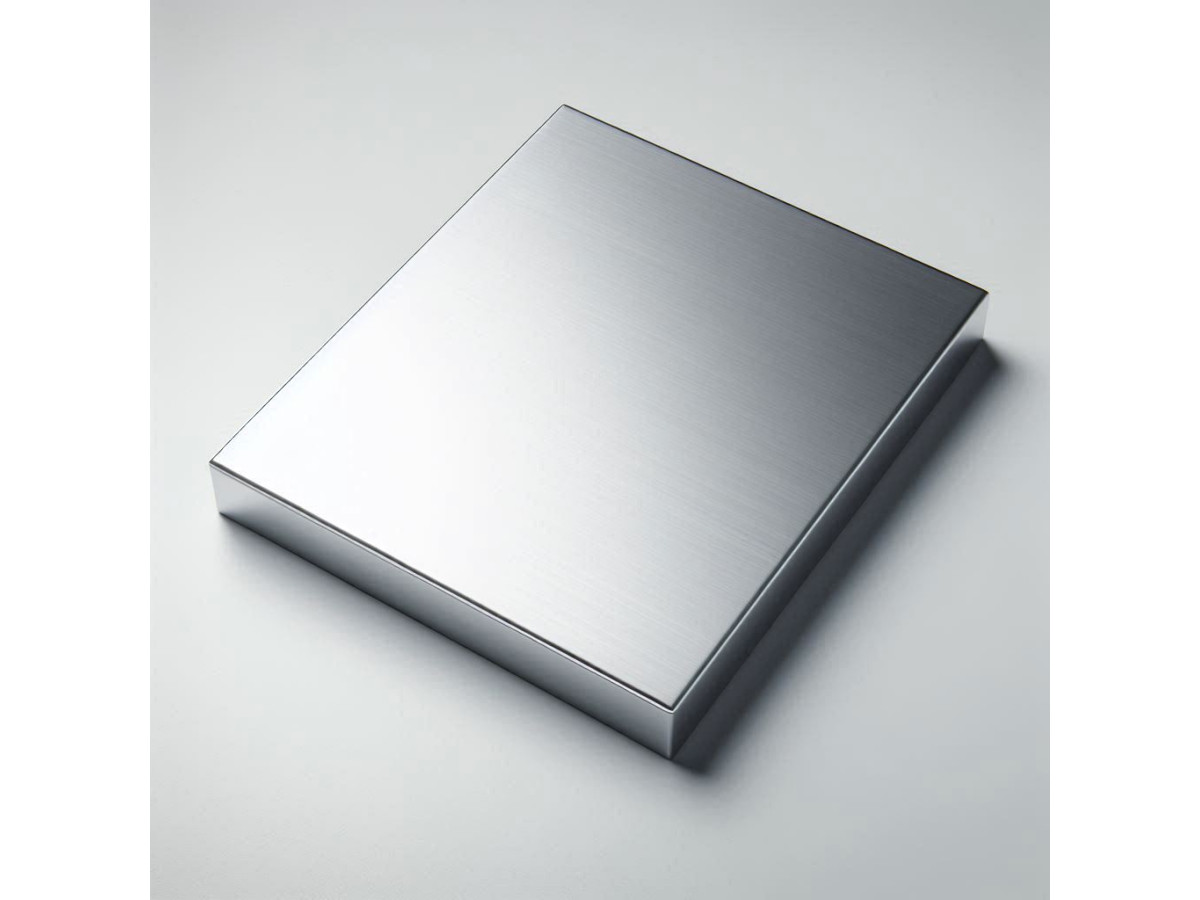Aluminum strip is one of the most popular materials in modern industry. Due to its properties, it is used in various industries, from construction to high-tech manufacturing. Lightness, strength and effectiveness in combating rust make it indispensable for many projects. In this article, we will consider in detail all aspects of aluminum strip, including its production, types, characteristics and application.
Technologies used
The history of this material dates back to the late 19th century, when the process of electrolytic production of aluminum was first mastered. Over time, technologies improved, which made it possible to produce aluminum products with various properties and characteristics. Today, the production of strip from such an alloy includes several stages: from bauxite mining to final processing and giving the necessary shapes and sizes.
The process of producing aluminum strip begins with the extraction of bauxite, which then goes through several stages of processing:
- Mining and enrichment. Bauxite is extracted from the ground and purified from impurities.
- Obtaining aluminum oxide. The raw materials undergo chemical treatment, which results in aluminum oxide (alumina).
- Electrolysis. The resulting material undergoes electrolysis, which results in pure aluminum.
- Rolling. The pure alloy is rolled into thin strips of varying thickness and width.
Heat treatment and anodizing are necessary to impart additional properties to products, such as increased corrosion resistance, they are subjected to heat treatment and anodizing.
Types of products and their features
Aluminum strip is available in different variations, depending on the purpose and area of application. The main types of products include:
- General-purpose strips - used in construction, mechanical engineering and other industries.
- Anodized products undergo anodizing, have increased corrosion resistance and a decorative appearance.
- Strips with a polymer coating - products have additional protection against mechanical damage and aggressive environments.
- Special-purpose strips include products with special properties, including increased strength or thermal insulation characteristics.
Dimensions and technical characteristics
Aluminum strip is available in different sizes, which means it can be used in a variety of areas. The main technical characteristics are:
- thickness;
- width;
- length;
- alloy type.
Strips can be from 0.1 mm to several millimeters thick, depending on the area of application. The width of the rolled products varies from several millimeters to meters. Strips can be produced in the form of rolls or sections of a certain length. Depending on the requirements, strips can be made from alloys with different compositions, including grades 1050, 3003, 5052, etc.
Advantages of aluminum strip
Aluminum is one of the lightest metals, so its transportation and installation are extremely simple. Despite its lightness, the alloy has decent strength. Aluminum products are resistant to moisture and aggressive environments. The material is quite easy to process, which allows it to be given different shapes. Aluminum is a completely recyclable material, which allows it to be classified as environmentally friendly. Aluminum strip can be found in the following areas:
- Construction.
- Industry.
- Electronics.
- Automotive industry.
- Decorative elements.
It is used for roofing, manufacturing facade systems, window frames and other building structures. It is used in mechanical engineering, shipbuilding, aviation and other industries. Aluminum rolled products are used to manufacture radiators, housings and other elements of electronic devices. Such products are often used to manufacture body parts, cooling systems and other parts of cars. Aluminum strip is widely used to create decorative elements in the interior and exterior of buildings.
In order for rolled products to serve for a long time and retain their properties, it is necessary to follow a few simple rules. Clean products from dust and dirt more often using a soft cloth and neutral detergents. In conditions of high humidity or aggressive environments, it is recommended to use anodized strips or strips with a polymer coating. Periodically inspect products for damage and defects. If necessary, replace damaged elements to ensure maximum service life.

